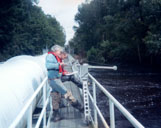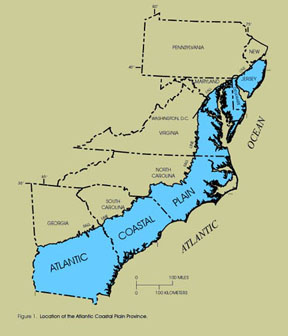 Wrong Picture
Wrong Picture
|
 Need a different picture |
Problem
As urban and rural growth continues, competition for clean water expands into stream areas previously capable of meeting local water-use demands. Conflicts among instream and offstream users of streamflow increase as flows decrease.
Objective
Determine the impact of low flows on aquatic habitats and develop a system to assist the planning district in allocation of water resources.
Relevance and Benefits
As a result of the study, the counties and communities in the Shenandoah Basin should have a better knowledge of the water resources in the basin, the regional hydraulic system, and the effect of withdrawls and conservation measures on the ecology, agriculture, industry, and water supply. The data and alternative condition analyses may be used for identification and compilation of the major instream-flow issues, development of the required multidisciplinary technical team to conduct more detailed studies, and develop basin specific habitat and flow requirements for aquatic life and water uses.
Approach
Flow data and biological data will be combined with depth and velocity of streamflow, cover type and bed-material size of numerous verticles at cross sections representing channel types. The data will be modeled by the U.S. Fish and Wildlife program PHABSIM to determine the relation between habitat and flow. This information along with offstream user needs will allow the planning district more efficient allocation of water resources using recommendations from the U.S. Fish and Wildlife Service.
